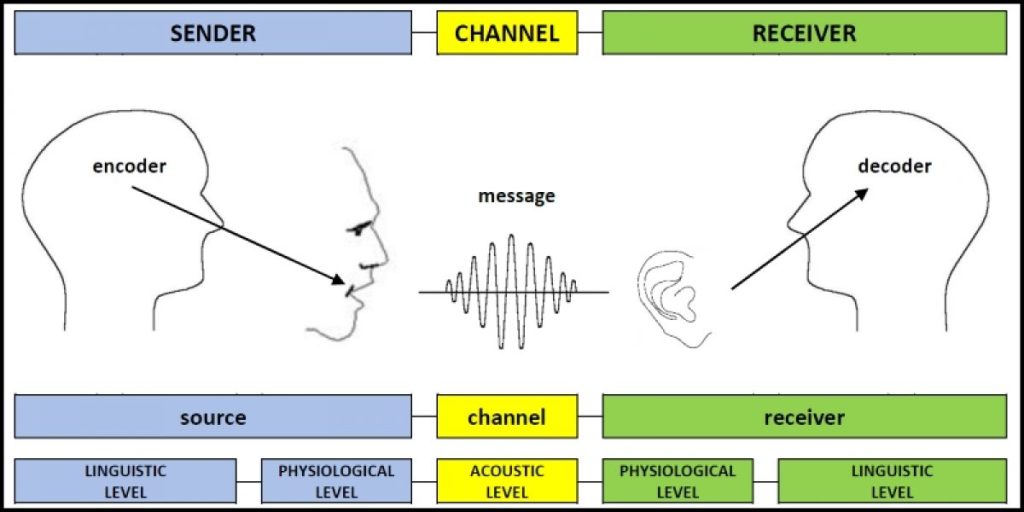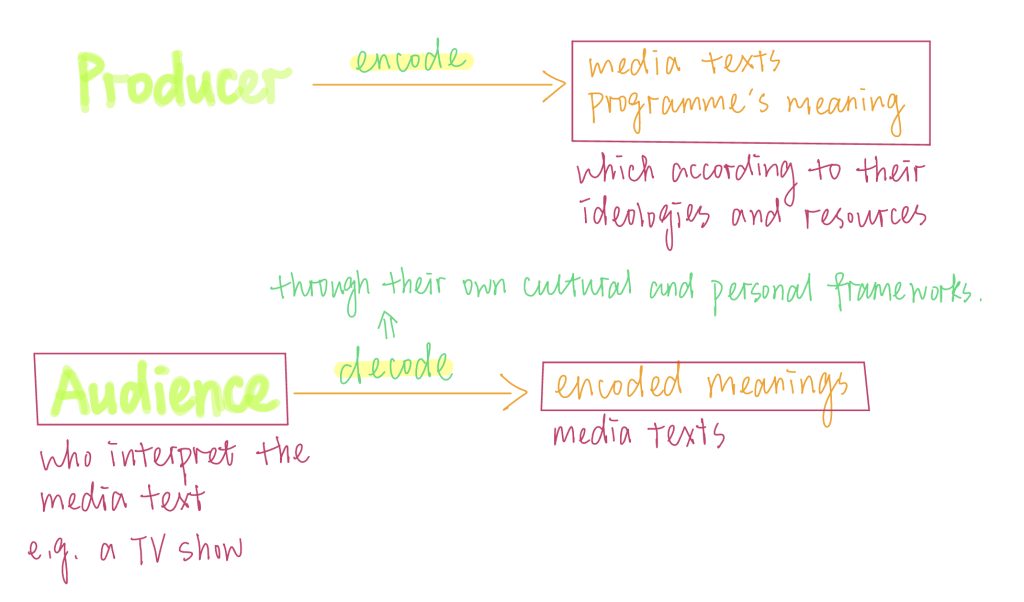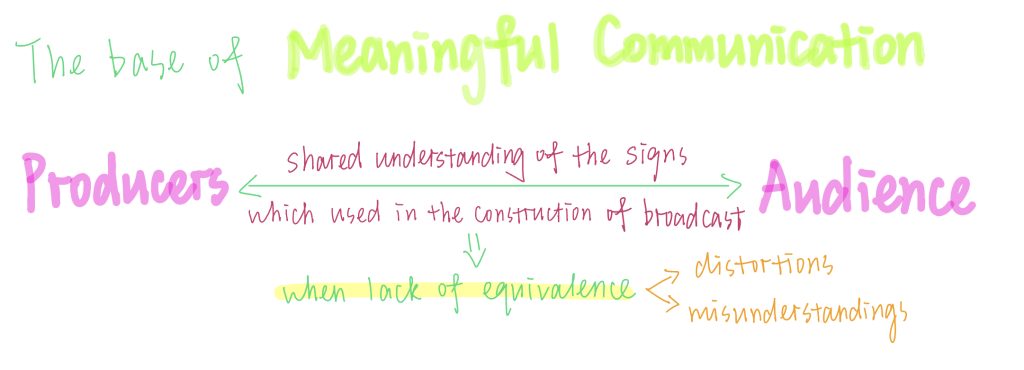The Encoding/Decoding model in communication was first developed by cultural studies scholar Stuart Hall in 1973.
What is Decoding and Encoding?
Decoding
It is all about understanding others, based on the information given throughout the message being received. Whether there is a large audience or exchanging a message to one person, decoding is the process of obtaining, absorbing and sometimes utilizing information that was given throughout a verbal or non-verbal message.
Encoding
It is a system of coded meanings, and in order to create that, the sender needs to understand how the word is comprehensible to the members of the audience.
In the process of encoding, the encoder uses verbal (e.g. words, signs, images, video) and non-verbal (e.g. body language, hand gestures, face expressions) symbols for which he or she believes the decoder will understand. The symbols can be words and numbers, images, face expressions, signals and actions. It is very important how a message will be encoded; it partially depends on the purpose of the message.
How the model works?


Three positions upon decoding messages
Dominant/hegemonic position
This code or position is one where the consumer takes the actual meaning directly, and decodes it exactly the way it was encoded.
Negotiated position
This position is a mixture of accepting and rejecting elements. Readers are acknowledging the dominant message, but are not willing to completely accept the message the way the encoder intended. The reader to a certain extent, shares the text’s code and generally accepts the preferred meaning, but is simultaneously resisting and modifying it in a way which reflects their own experiences and interests.
Oppositional position
Hall summarizes that a viewer can understand the denotative and connotative meanings of a message while decoding a message “in a globally contrary way.” This means that a person recognizes that their meaning is not the dominant meaning, or what was intended, but alters the message in their mind to fit an “alternative framework of reference” It is more like that receiver decode a different message.
Meaningful communication and some examples on the internet



Conclusion
As Hall’s Encoding/Decoding model of communication is highly evaluated and widely used in research, it has been criticised as it contains some unsolved problems.


I love the diagrams on this post! they make it much easier to understand the model and its concepts. I took a similar to approach to you when creating my own post, so I liked reading yours and seeing how we both interpreted different things. In your opinion, how beneficial is this model of communication? do you believe it is still relevant?